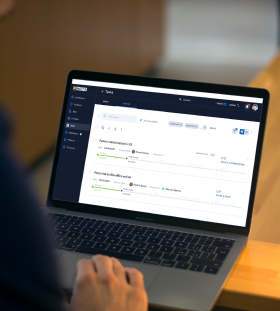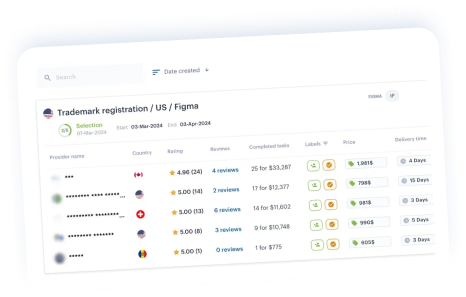Apresentar um Pedido Internacional (PCT)
O processo PCT simplifica os pedidos de patentes globais, mas não concede uma "patente internacional" ou dispensa a necessidade de registros e taxas em países específicos. Ele deve ser registrado dentro de 12 meses da data de prioridade



O processo PCT simplifica os pedidos de patentes globais, mas não concede uma "patente internacional" ou dispensa a necessidade de registros e taxas em países específicos. Ele deve ser registrado dentro de 12 meses da data de prioridade







-
Um assistente de IP com tecnologia de IA que ajuda você a criar uma tarefa detalhada em minutos.
-
Seleção do advogado de patentes local mais adequado com base em critérios específicos.
-
Preparar o pedido com base no seu envio anterior, arquivá-lo e lidar com taxas governamentais.
-
Monitoramento e relatórios on-line na plataforma durante todo o processo.

-

Mais de 800 escritórios de advocacia de PI de mais de 150 países, classificação e avaliações
-

Um assistente de PI com tecnologia de IA que ajuda a criar tarefas e encontrar advogados relevantes
-

Taxas fixas, pagamentos online seguros e rápidos com resultados garantidos
-

Acesso 24 horas por dia, 7 dias por semana ao processo de registro e armazenamento de dados online para todos os seus casos
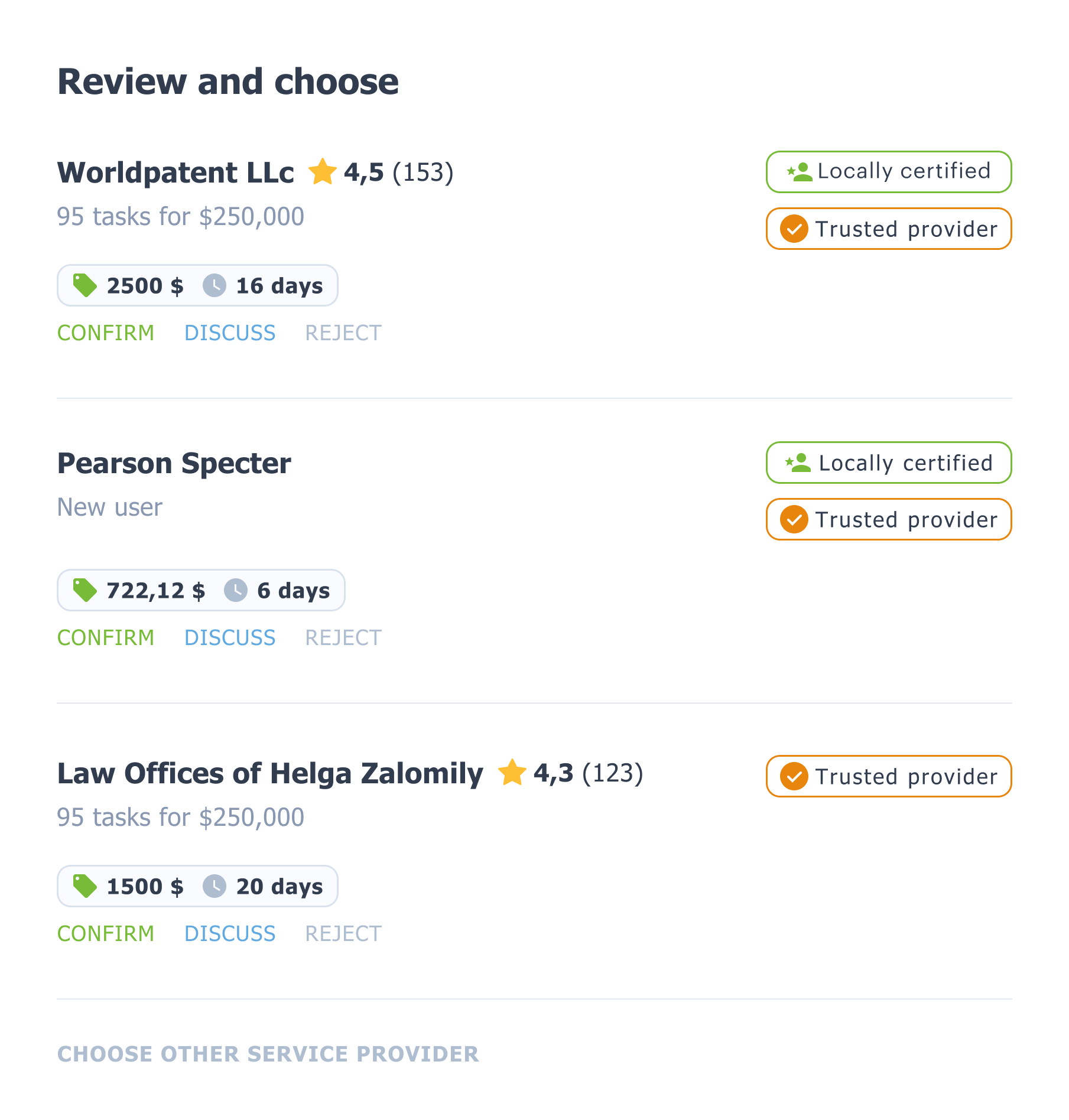


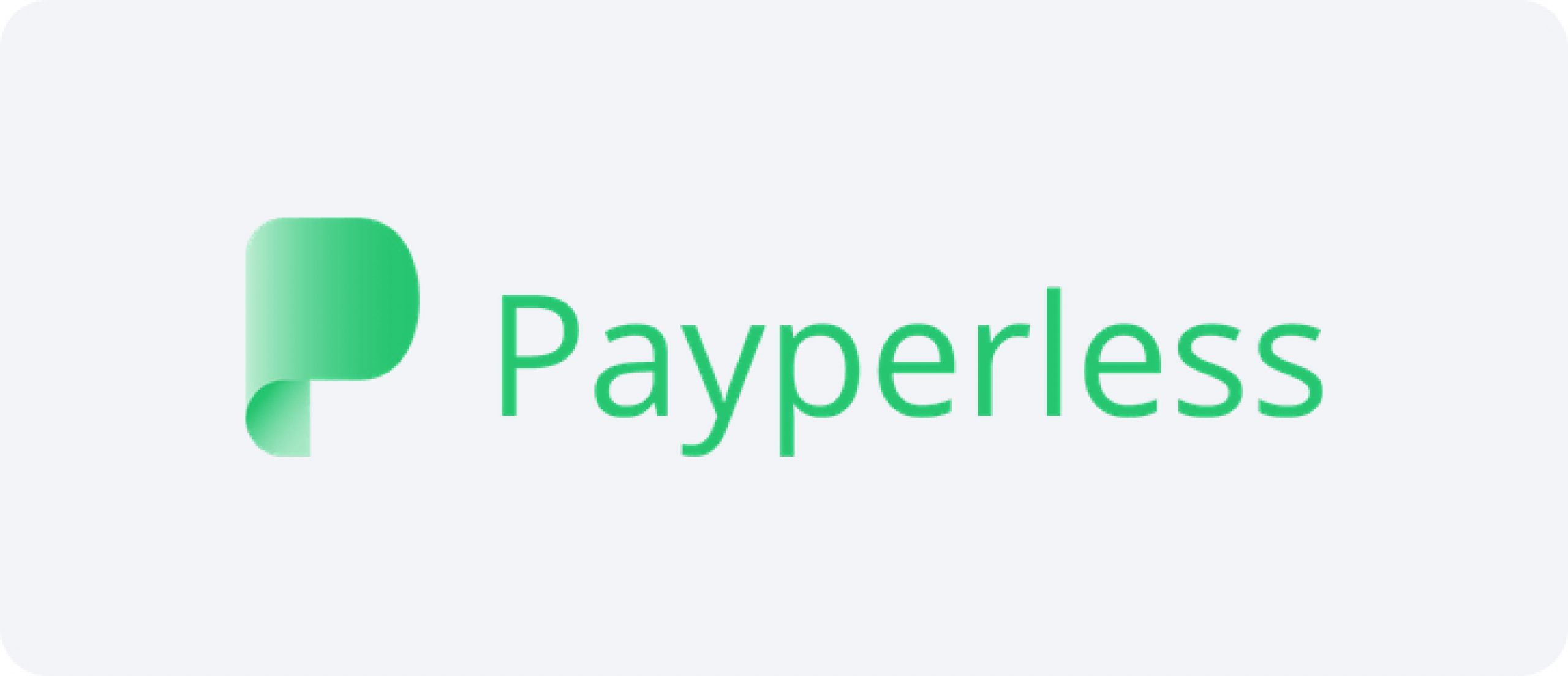



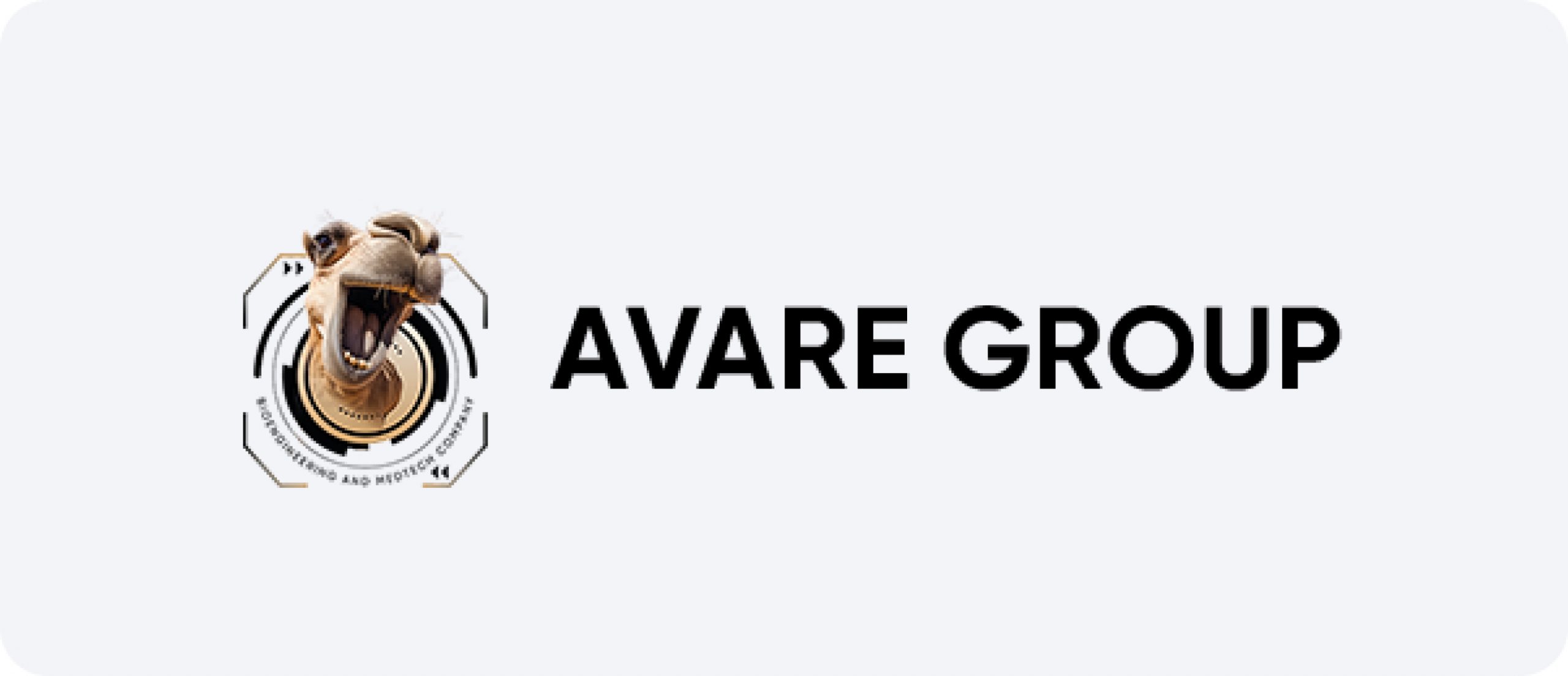
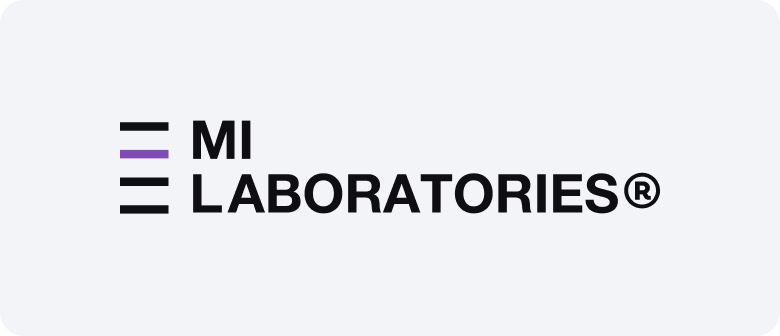
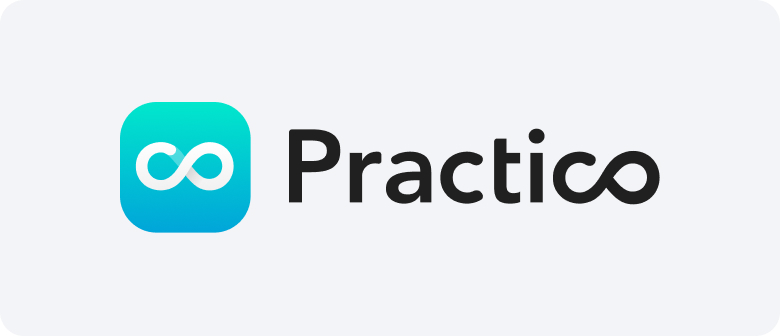
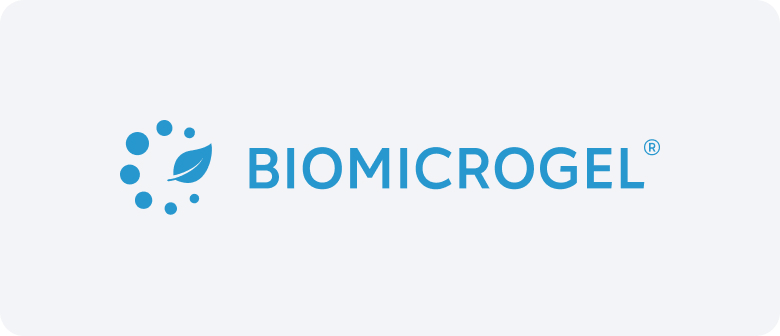
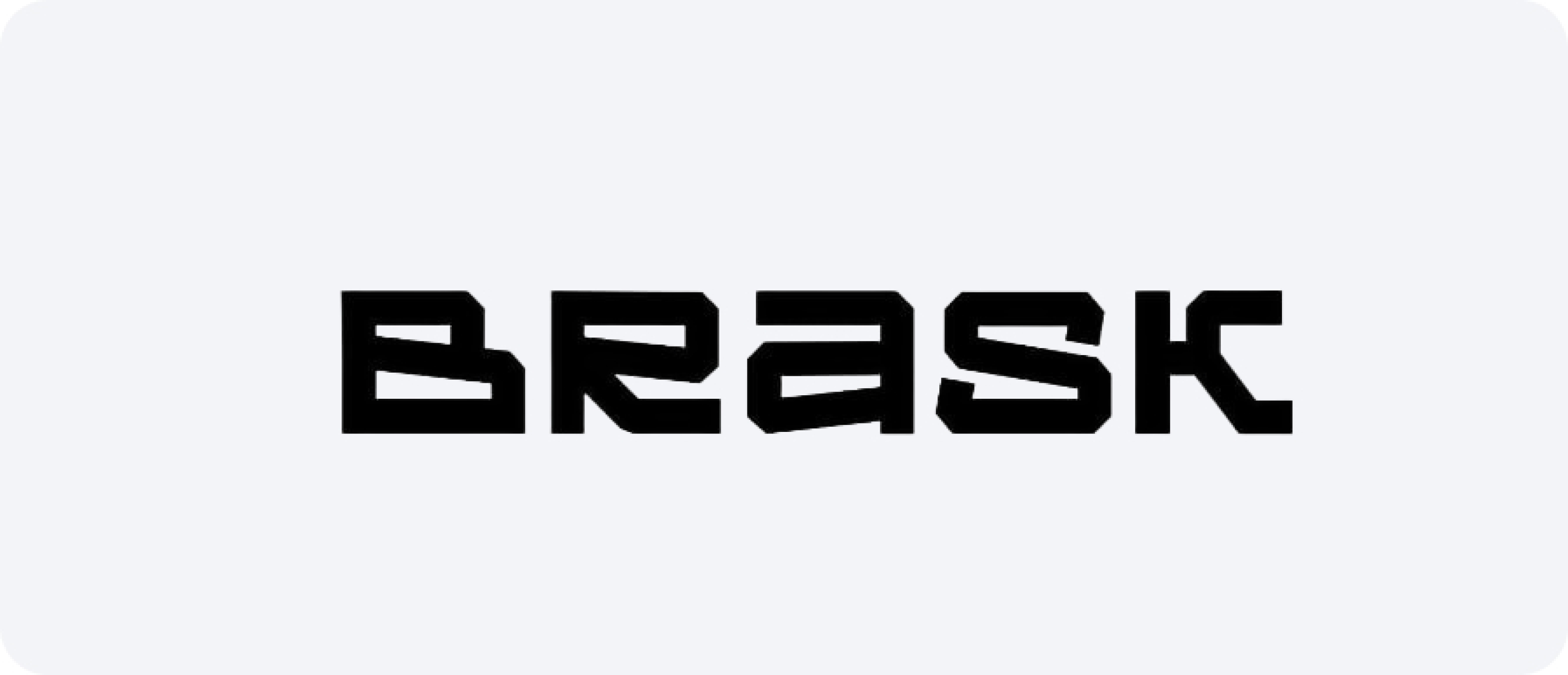

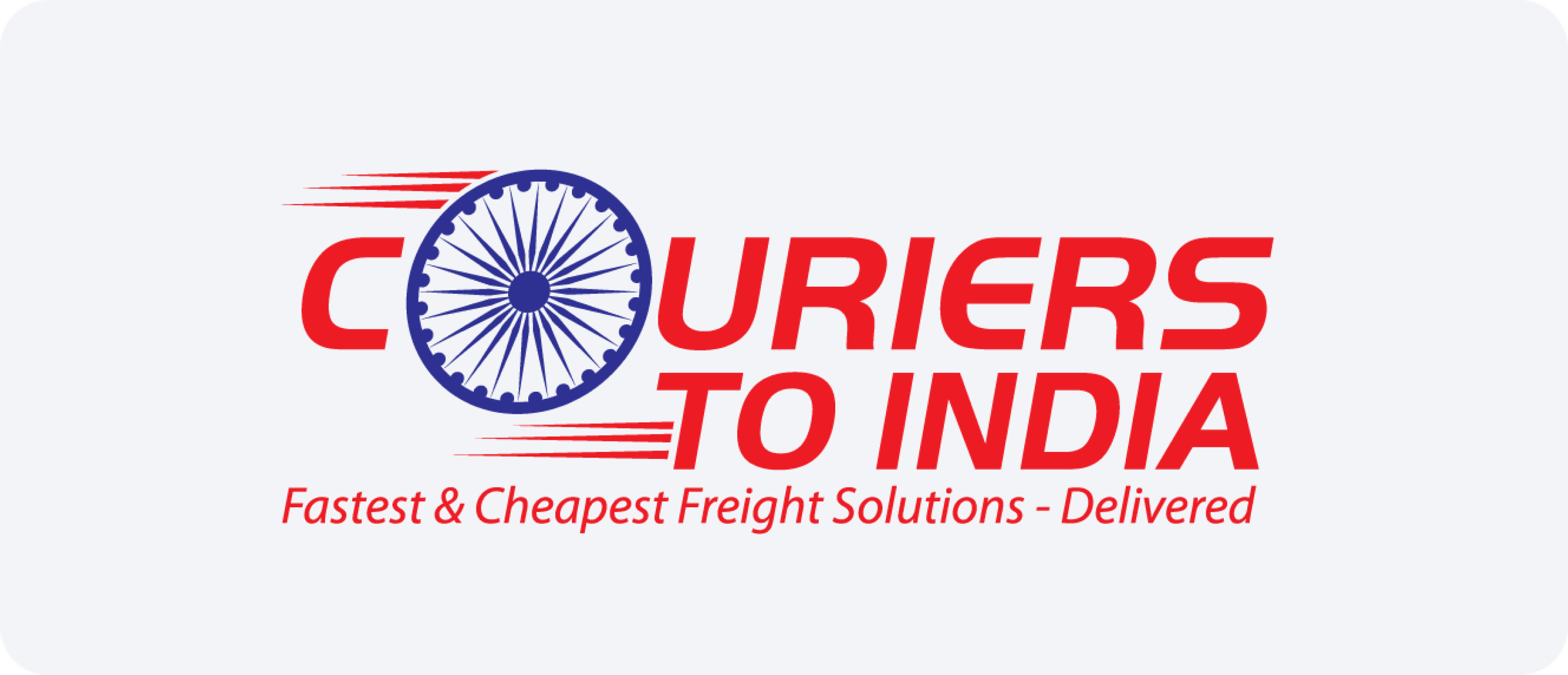

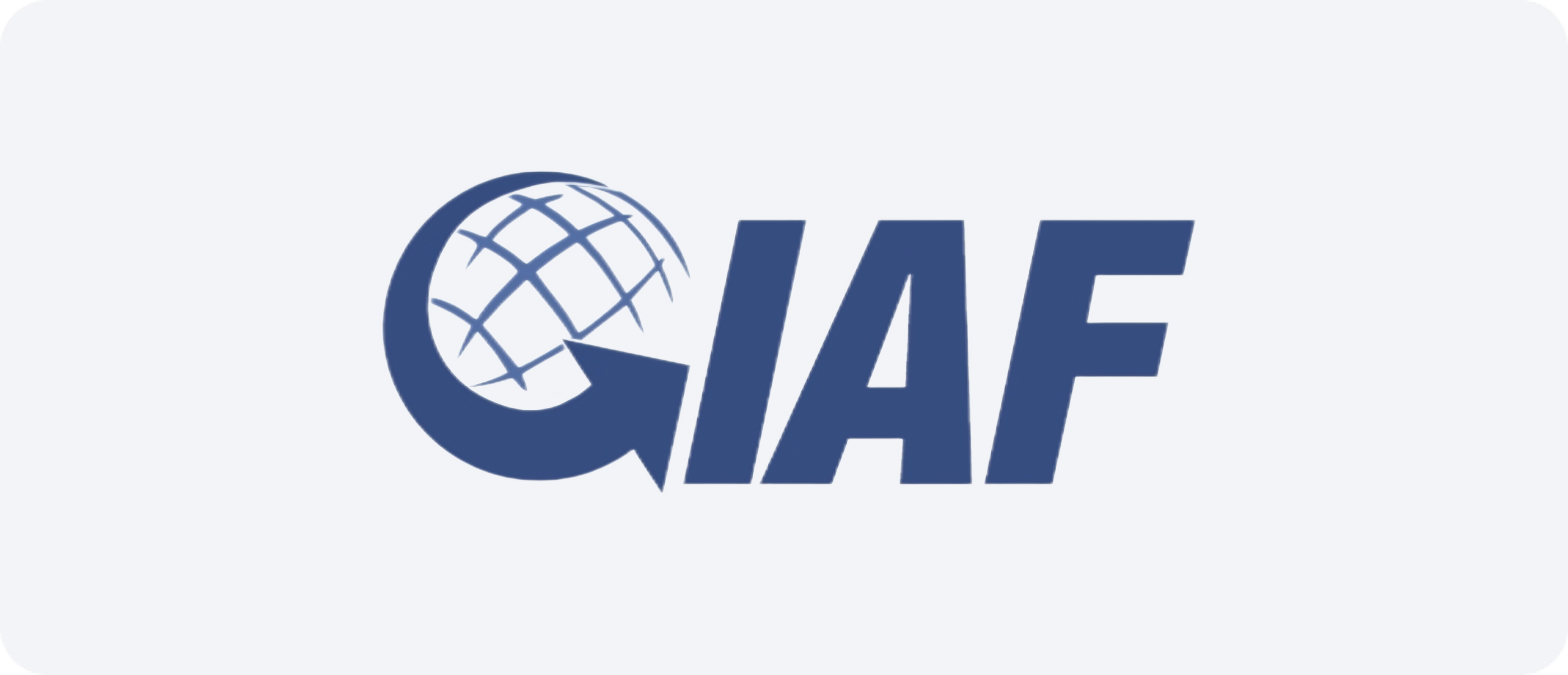
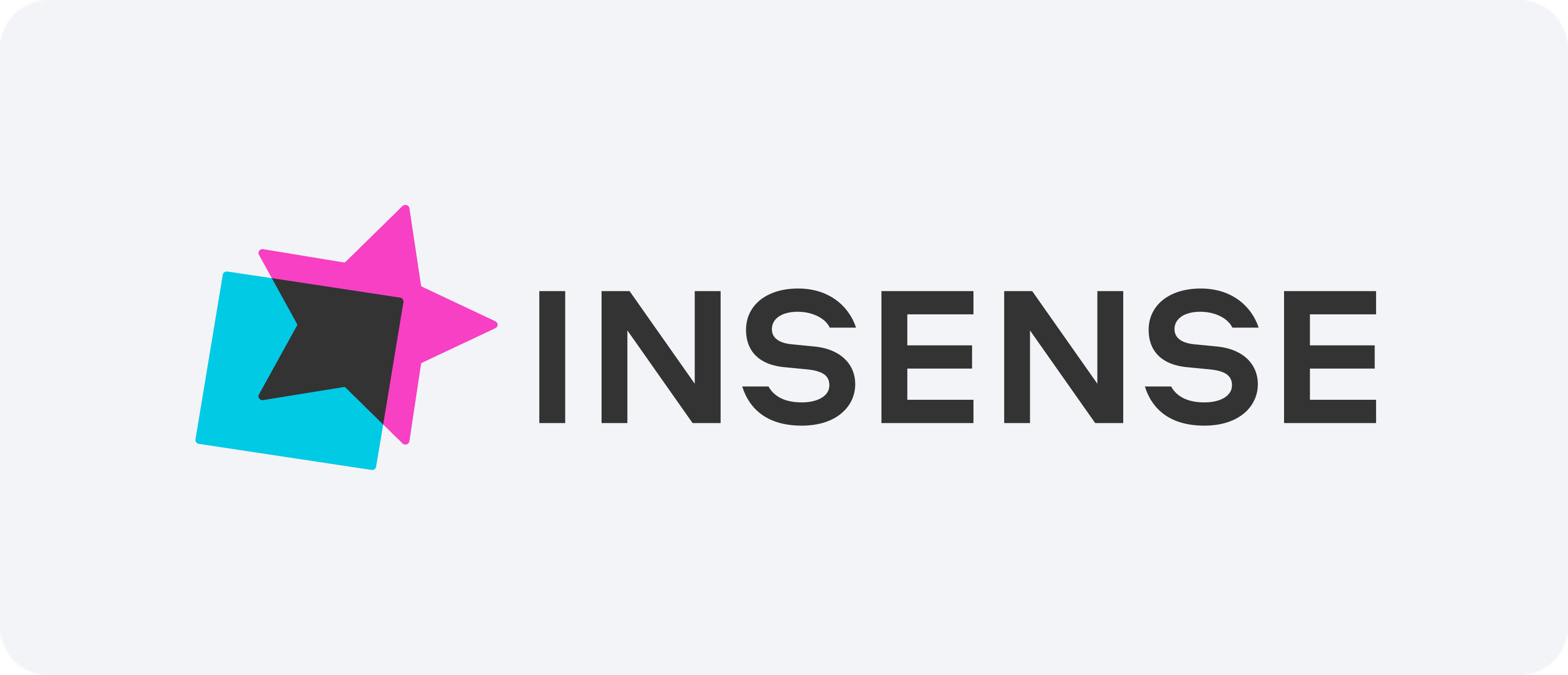

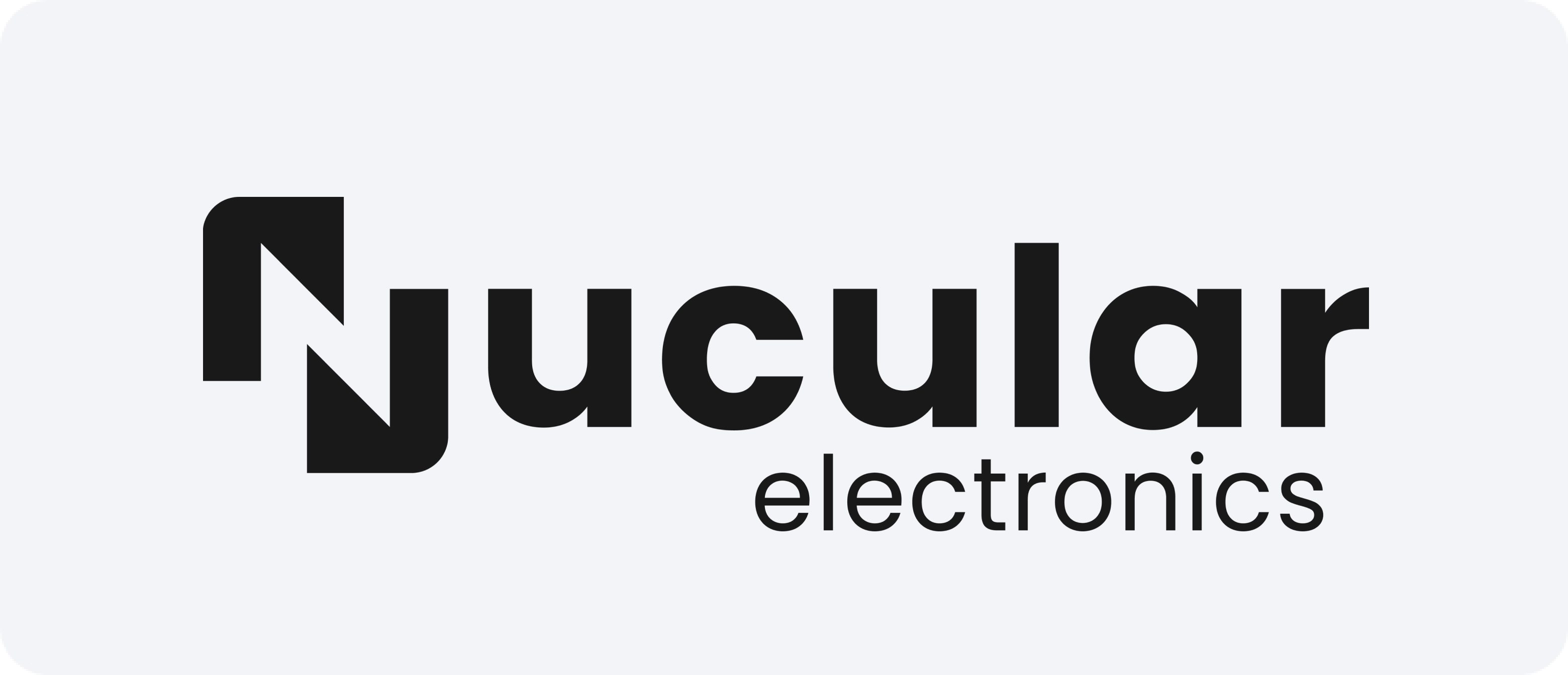


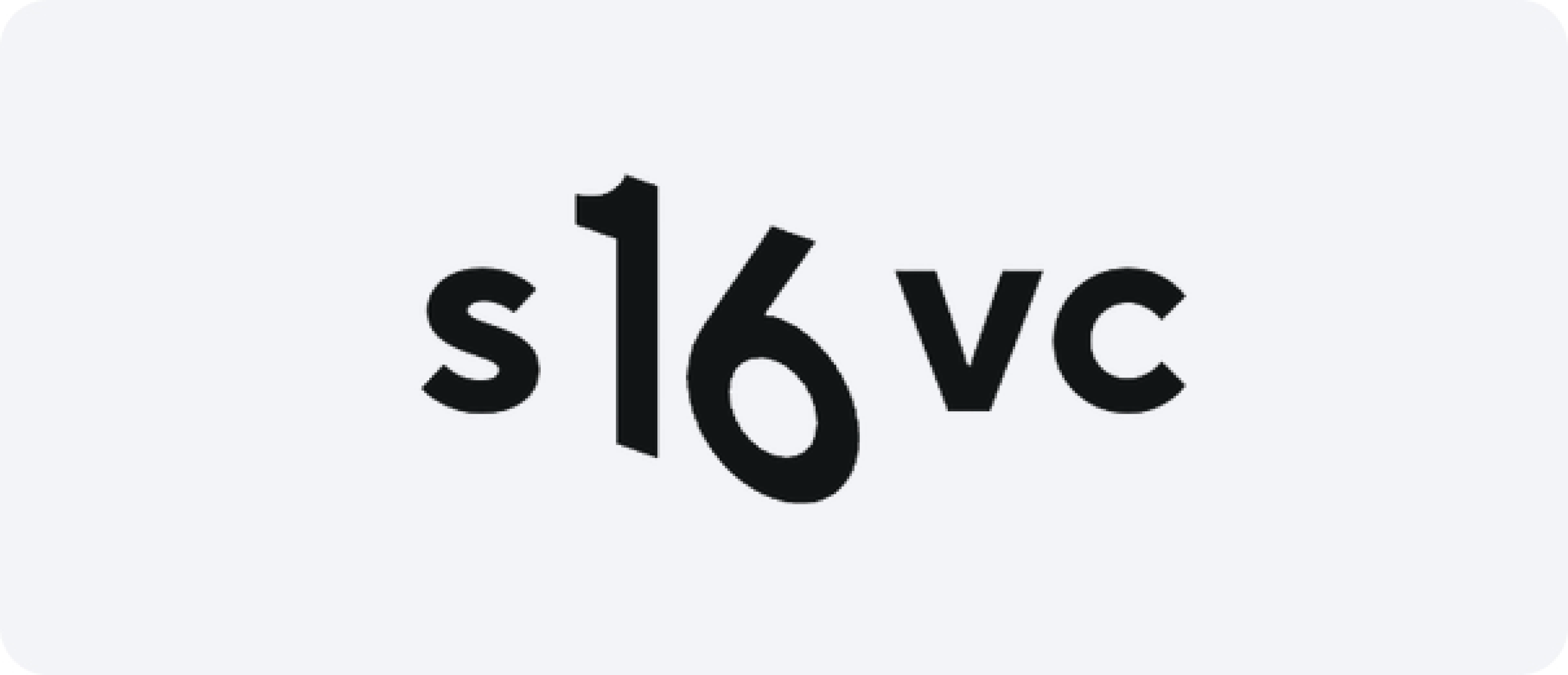

















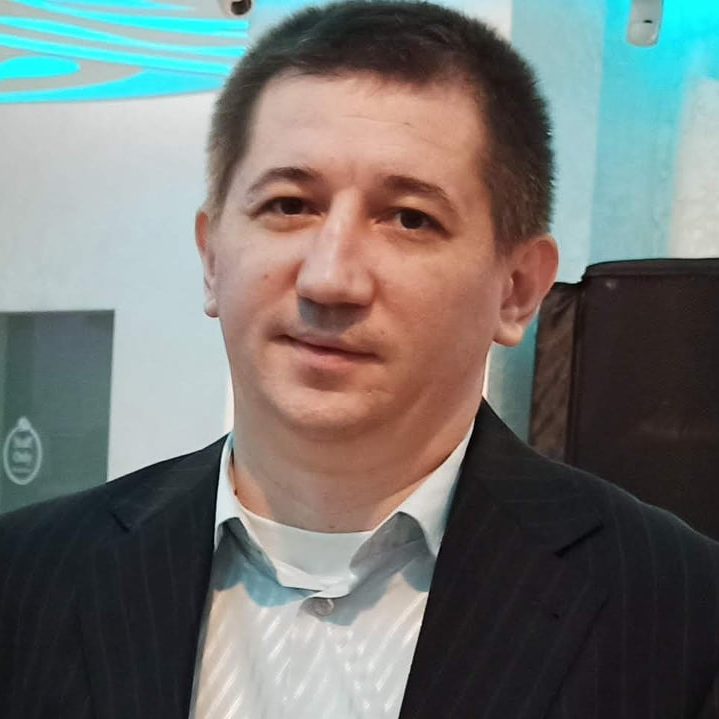
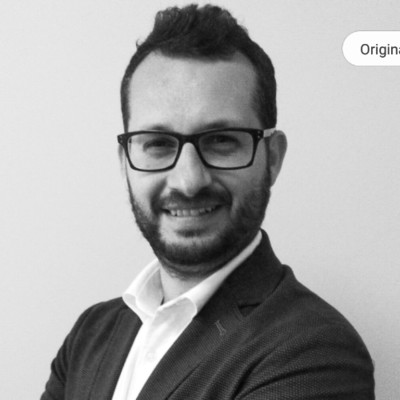
Como protocolar um pedido de patente internacional (PCT) em todo o mundo
Quando se trata de proteger a propriedade intelectual em escala global, o depósito de um pedido de Tratado de Cooperação em Matéria de Patentes é uma estratégia essencial para inventores e empresas que buscam proteger suas inovações em diversos países. O sistema simplifica o processo, permitindo que os requerentes registrem uma única submissão global, que pode então ser usada para buscar proteção em até 153 estados contratantes. Essa abordagem unificada reduz significativamente a complexidade e os custos associados ao registro de patentes em países individuais. Neste artigo, exploramos como registrar um pedido do PCT, seus benefícios e o que esperar ao longo do processo.
As vantagens do arquivamento
Registrar uma invenção global por meio do sistema oferece inúmeros benefícios que facilitam a proteção da sua propriedade intelectual em todo o mundo. Aqui estão algumas das vantagens mais significativas:
- Cobertura global: O sistema permite que os requerentes busquem proteção em mais de 150 países por meio de um processo centralizado. Isso economiza tempo e recursos em comparação com o registro de pedidos separados em cada país.
- Prazo estendido para tomada de decisão: Oferece um período mais longo para decidir se desejam desenvolver invenções em diferentes países. Após o registro mundial, os requerentes têm até 30 ou 31 meses (dependendo do país) para entrar com pedidos de fase nacional em jurisdições específicas.
- Custo-EficiênciaEmbora a taxa de registro inicial para pedidos PCT possa parecer mais alta, a possibilidade de postergar custos significativos associados ao registro de pedidos nacionais individuais torna-o mais econômico a longo prazo. O registro global permite avaliar o potencial de sucesso comercial antes de se comprometer com processos nacionais dispendiosos.
- Exame Preliminar: Oferece a opção de um exame preliminar, no qual um relatório de busca é realizado para identificar técnicas anteriores que possam afetar a novidade da invenção. Isso pode lhe dar uma ideia da patenteabilidade da sua ideia antes de se comprometer com despesas adicionais.
O Processo: Etapas Principais
O processo de inscrição envolve várias etapas importantes, que detalharemos a seguir. Compreender essas etapas garante que os candidatos estejam preparados para o que os espera.
1. Estágio de Submissão
O primeiro passo do processo é registrá-lo em um escritório nacional ou regional. Isso pode ser feito eletronicamente ou em papel, dependendo da jurisdição. A submissão deve incluir uma descrição da invenção, reivindicações que definam o escopo de proteção e quaisquer desenhos relevantes. Nesta etapa, você também precisará pagar as despesas globais.
2. Relatório de Pesquisa Internacional (ISR)
Após o depósito da invenção, a Autoridade Internacional de Busca (ISA) realiza uma busca para identificar técnicas anteriores relevantes que possam impactar a patenteabilidade da invenção. A ISR fornece uma visão geral das invenções e publicações anteriores que podem influenciar a probabilidade de obtenção de uma invenção em diversos países. Este relatório será crucial para ajudar você a avaliar a patenteabilidade da sua invenção.
3. Fase de Publicação
Após 18 meses da data de prioridade, a submissão é publicada. Esta publicação é disponibilizada ao público, o que significa que outras pessoas podem conhecer a sua invenção. No entanto, a publicação não afeta os seus direitos de propriedade intelectual — apenas informa o público global sobre a sua invenção pendente.
4. Exame Preliminar Opcional
Após receber o ISR, os requerentes podem solicitar um exame preliminar. Este exame emite um parecer sobre a potencial patenteabilidade da invenção com base no estado da técnica disponível. Embora não seja obrigatório, esta etapa pode ser útil para ajudar você a avaliar a viabilidade de buscar a proteção da invenção antes de incorrer nos custos associados à entrada na fase nacional.
5. Entrada na Fase Nacional
Após a fase global, o requerente pode ingressar na fase nacional registrando-se em escritórios nacionais específicos. Nesta fase, os requerentes devem pagar as taxas nacionais exigidas e seguir as respectivas regras e procedimentos de cada país onde a proteção é buscada. A fase nacional deve começar dentro de 30 ou 31 meses a partir da data de prioridade, dependendo da jurisdição.
6. Concessão de invenção
Por fim, após passar pela fase nacional, os institutos individuais examinarão a submissão e poderão conceder a invenção. Esse processo envolve a avaliação da conformidade da invenção com as leis e requisitos nacionais, e o requerente deve abordar quaisquer objeções levantadas durante o exame.
Custos e taxas
Uma das preocupações dos requerentes é o custo do registro. Embora a taxa inicial possa parecer alta em comparação com os depósitos nacionais, é importante considerar a economia de custos a longo prazo. Ao consolidar seus pedidos em um único registro global, você reduz a carga administrativa e as despesas iniciais do registro em vários países.
Os principais custos incluem:
- Taxa de Envio: A taxa global varia dependendo do escritório receptor. Taxas adicionais podem ser aplicadas para páginas ou idiomas extras.
- Taxa de Pesquisa Global:O custo para realizar uma pesquisa global depende do ISA selecionado.
- Taxa de Exame Preliminar:Se for solicitado um exame preliminar, haverá um c adicionalfardo.
- Taxas de Fase Nacional:Após a fase global, entrar na fase nacional envolve o pagamento de taxas nacionais em cada jurisdição.
Os custos geralmente são mais acessíveis do que registrar vários pedidos individuais em vários países, especialmente quando se considera os benefícios do tempo estendido para tomada de decisão e a capacidade de avaliar o potencial de mercado da invenção.
Conclusão
Registrar um pedido PCT é uma forma estratégica de proteger sua invenção globalmente, gerenciando custos e esforços administrativos. O processo simplifica os registros globais, permitindo que você faça uma única submissão para até 153 países. Seja você um inventor ou uma empresa em busca de proteção global, o sistema oferece uma ferramenta poderosa para expandir sua presença de propriedade intelectual internacionalmente. Ao compreender as etapas envolvidas, os benefícios e os custos, você pode tomar decisões informadas que protegerão sua inovação por muitos anos.
